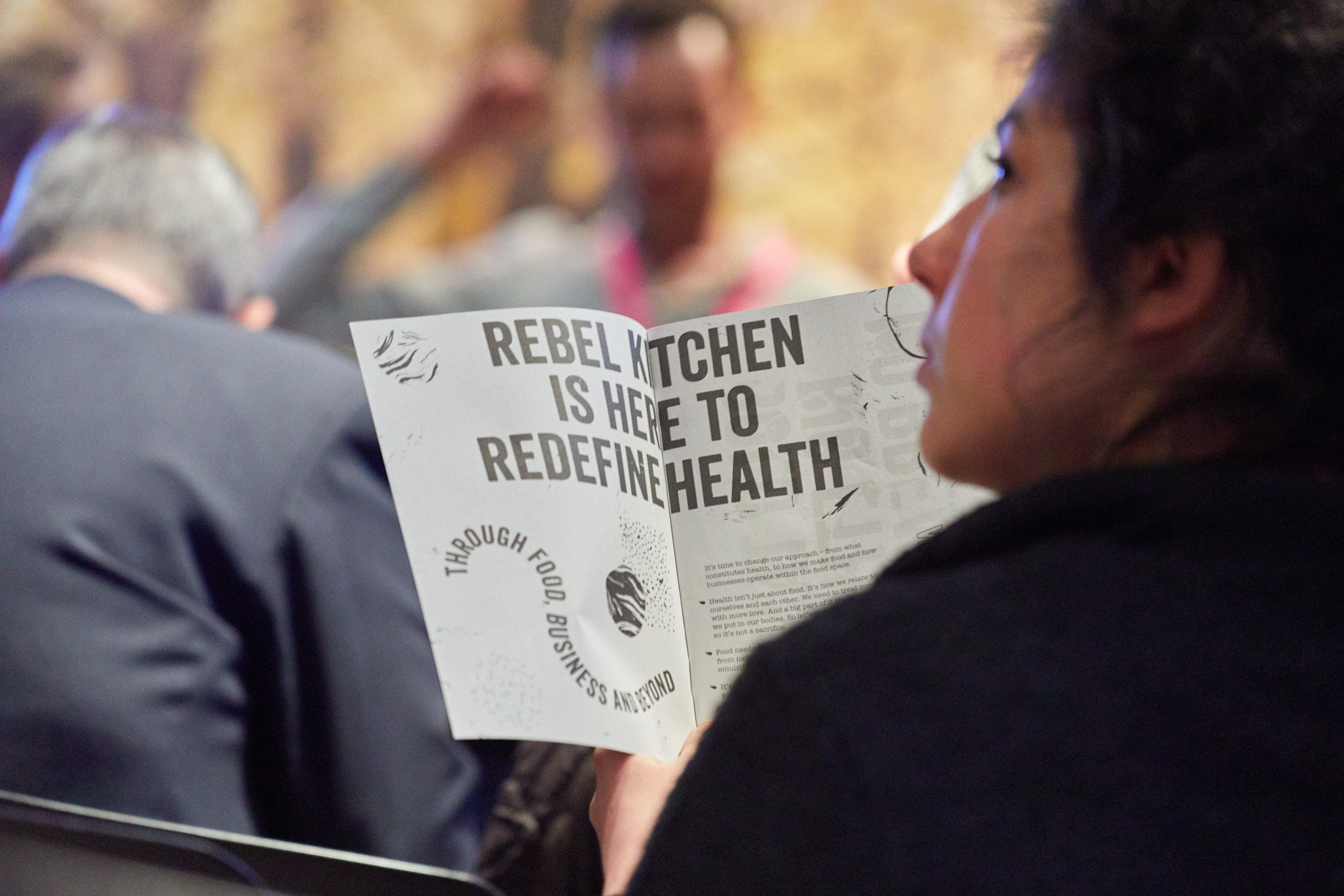Breaking Into the UK Food Market: the digital marketing pillars
The UK is a high value market for food and drinks brands, one with consumers and customers both hungry and thirsty for delicious products and innovative food brands.
We recently exhibited at IFE and spoke with a lot of brands looking to launch a food brand in the UK. As a food brand with something to shout about, you might be asking yourself how you can break into this lucrative industry. Well friends, we’re here to help.
Tell your story
Who you are and where you’ve been is important for knowing how to position your brand with your new UK audience. We talk a lot about telling your story and recommend following the age-old structure of storytelling – problem, solution, success.
Start at the beginning – the big idea you had, the gap you spotted in the market, the niche you knew you could fill. Then talk about how you stepped into that space, how you developed and what your journey was. Talk about how you felt, how you knew it was your calling, the people who influenced you, getting your first bit of feedback, your first ‘failure’, your highs and lows.
Finally talk about the solution you bring to your audience’s lives. How your product changes them, fulfils them, brings them joy. The great thing about your story is the more you tell it, the more you discover about yourself.
Set goals
As a business, decide what your objectives are going to be for the UK. What do you want from the UK food and beverage industry? Products in shops? To become a household name? Restaurants? Defining what success in the UK looks like helps you define your goals and distil them into everyday achievables. Get them into the business strategy, include them in personal objectives, make them everyone’s priority.
Audience
Who’s visiting your site? Is your current audience the same demographic you want to speak to in the UK? Have you researched the UK audience? Are there parallels? Consider not just consumers but also suppliers, trade accounts, wholesalers, stockists and partnerships.
Personas
Creating customer personas greatly improves your UK customer’s experience of your brand. Profile and understand who you’re talking to and you’ll better serve them. Think about their British quirks – where they shop, what they usually like to eat, why they’d buy into your brand (and why they wouldn’t). Knowing them in as much detail as possible means you communicate effectively and with return.
Positioning Promise Personality
Positioning: Understand where your brand sits in the industry, who you serve and what you bring to the table.
Promise: Commit to following through on your brand promise, and move mountains to do it. Your brand promise represents your investment in serving the needs of your customers — and in going further to earn their confidence, loyalty, and trust. NEVER GO BACK ON A PROMISE!
Personality: Trust comes naturally when you identify with a brand. Think about Dollar Shave Club or Oatly – the brand personality is clear and strong and friendly. Bring out and focus on the personality of your brand and you’ll be in a great place to engage with the right audience for you.
Tone of Voice
Tone of voice is informed by your story, your audience, your positioning, promise and personality. All of the above in fact! Find the market you want to talk to and build your business language around them. Choosing one persona to communicate with will focus your tone of voice and make it more effective.
Mirror the language of your customer by researching comments sections online, complaints, recommendations, social media. Speak to them – do market research – what keywords are they using to describe their experiences? Incorporate the language, soak it up and assimilate it into your brand voice.
Digital Presence
UK audiences expect a high functioning, relevant and informative online presence. Many customers will check the website of a brand before deciding to invest. Therefore content, social and every little space you appear online needs to be consistent and representative.
Design
The design of your website should be responsive, fast and intuitive. With the improvement of browser technology and broadband speeds you can push the front end design with cutting edge design features that actually make it simpler for your customers to get to the place you want them to be.
Assets and Content
Content is where you make that emotional connection with your audience. When someone is emotionally engaged they are more likely to take action.
Website Copy
Nobody reads websites! Less is more. Break up your copy into bite-size chunks, use paragraphs, with headings and bullets points.
Photography
Our brains process visuals over 60k times faster than text. So the photography you use for your website is really important. Studies show stock photography reduces engagement and conversions so there’s no excuse – get some professional pics!
Watch this video now!
Video demands attention, it is the ultimate attention getter as it incorporates 4 elements that human beings are hard-wired to pay attention to: faces, voices, body language and movement. High quality vids, like photos, are more likely to engage so if you can, invest in this area.
Social media
To do well in social media there are four key components:
- Great content: Relevant to your audience, industry and you – keep on top of what’s going on and what your customers care about.
- Nurture not nature: Go after the fans and followers you care about – give them a follow, share their content, strike up a conversation.
- Adapt and grow: If something’s not working, try something else, be flexible and speak to your audience to find out what’s working for them.
- Get and stay committed: Be consistent and be reliable. Post frequently. Have a schedule and stick to it.
For more info on growing your food brand, see our white paper ‘Get Growing or give us a shout for some expert advice.

